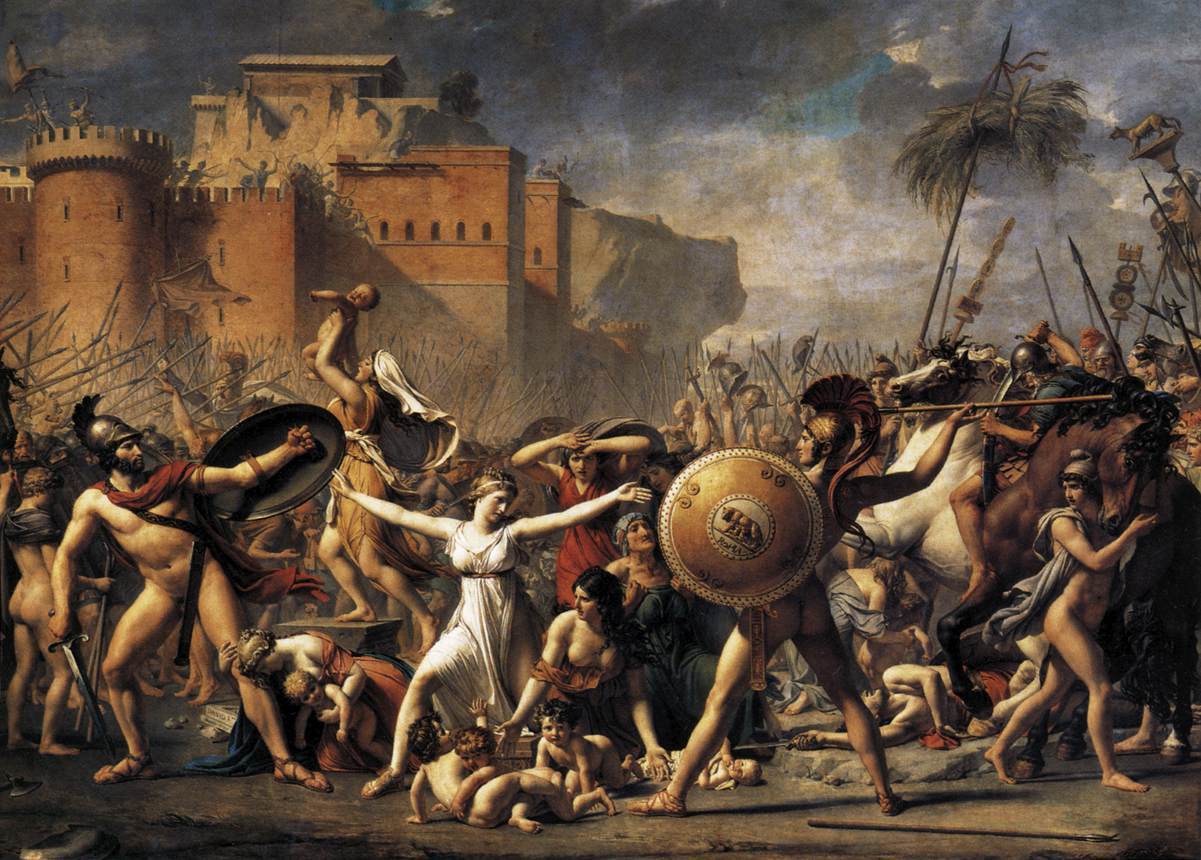Before a human community to reach the degree of sophistication that is often referred to as civilisation, many different factors must come together. The first is the presence of settlements that can be categorized as cities or towns. In order to achieve this, food production must be effective enough to allow a sizable portion of the population to devote their time to more specialized pursuits, such as the construction of grand structures or works of art, the practice of expert warfare, and most importantly, the management of a centralized bureaucracy that can operate the machinery of state.
A basic civic service is necessary for civilization.
A writing system is practically essential to the operation of a civil service. This is not always true, however, as at least one of civilization, the Incas of Peru, managed to survive without writing. Yet, the advent of writing has tremendously advanced society. A script also brings history. The surviving artefacts that archaeology has discovered are the source of our knowledge of prehistory. Contrarily, history is founded on written records. Because of these numerous linkages, writing, civilization, and history all start at the same time. That was around 3100 BC.
1. Mesopotamia and Egypt: 3100 BC
The two earliest civilizations emerge in the area where southwest Asia meets northeast Africa around 3200 BC. Huge rivers play a significant role in the narrative. Between the Euphrates and Tigris River mouths, in what is now southern Iraq, the Sumerians establish their settlements. The long, thin band of the Nile valley is where Egypt develops.
Rivers benefit a growing civilization in two keyways. In a culture without paved roads, they offer the simplest mode of transportation as well as water for irrigating the fields. Two additional early civilizations, the Indus and northern Chinese, will both rely heavily on rivers.
2. The Indus: 2500 BC
The early civilization of India may have originated locally or may have been influenced by contact with Mesopotamia; either way, by about 2500 BC, the neolithic communities along the Indus River’s banks had begun to coalesce into a single, sophisticated society.
The Indus civilization, which includes the two enormous cities of Mohenjo-Daro and Harappa, covers a bigger area than both Egypt and Mesopotamia put together. It will endure for roughly 1000 years in a wonderfully consistent form.
3. The Aegean: 2000 BC
The Aegean Sea is where a separate civilization will next emerge. The numerous little islands scattered like pearls throughout this relatively sheltered sea, along with the bays and inlets of Greece’s mountainous coastline regions, make this a prime location for trade (and piracy) among people whose degrees of nautical expertise make short hops a required precaution.
The very active legacy of Mediterranean culture begins with the Aegean civilization. It starts at Crete, a sizable island that is strategically located to guard the Aegean Sea’s entry.
4. China: 1600 BC
China has had the most enduring civilization throughout the history of humanity. With its intense pride in its own traditions and resistance to outside influences, this huge eastern empire appears to be isolated from the rest of the world. Its history gets off to an independent start as is typical.
The Shang dynasty civilization, which appears in China around 1600 BC, has no known predecessors. Its exquisite bronze pots appear to acquire technological perfection in a flash. Characters that are related to modern Chinese writing are introduced in its written texts. This civilization starts off confidently and will do so throughout its existence.
5. America: 1200 BC
The Olmecs in central America and the Chavin in the Andes are among the earliest American civilizations to emerge around this time.
Both of these cultures create sizable towns with temples at their centers. Both have achieved fame in the sculpture world. And each, in its own territory, is at the outset of a chain of civilizations that, in the 16th century, the Spanish uncover and wipe out: the Aztecs in central America and the Incas in the Andes.
6. The Mediterranean: from 1000 BC
In 1200 BC, the Aegean civilization, the first clearly Mediterranean culture, suddenly and mysteriously vanishes. A maritime culture with a lot of energy, the Phoenicians, became significant traders some 200 years later. They build colonies in the Atlantic and along the African coast from their base in Lebanon.
The Greeks and then the Romans will follow their lead as imperialists in the Mediterranean. The Mediterranean develops into the most inventive venue in the world for the clash and synthesis of civilizations, a title it has never fully shed.
7. Regional civilizations: AD 400 – 1500
Each succeeding civilization at this time tends to be a variation on local traditions due to the dominance of China in the east, Greece and Rome in the west (both of which successfully managed a transition from pagan to Christian empires), Rome in the south, and strongly distinct cultures in central and south America. But occasionally a completely new culture is introduced into regions of the planet that have already had a long history of civilization.
The Islam is one such. The creation of the caliphate in Baghdad and then Damascus results in a continuous belt of civilizations from north Africa to north India that are distinctly Muslim.
8. Global civilization: 16th – 20th century
The 16th century’s first prolonged interaction between Europe and America introduces the idea of global civilizations that develop through colonies and empires. South America receives the export of Spanish culture. The empire that includes India, Australia, New Zealand, Canada, and eventually many regions of Africa see the expansion of English culture even further.
It is this imperial impetus that spreads European civilization around the world from the 16th to the 19th centuries, frequently as a thin veneer over more ancient and substantial indigenous cultures. Yet by the 20th century, other forces are in play.
Ideology has played a significant role in the export of two very different conceptions of civilization during the course of the 20th century, namely American capitalism and Russian communism. A region’s popular culture can be exported to the rest of the globe through mass media, most notably through radio, film, and television in the case of America.
Similar effects are also produced by other factors, like the internet and global corporations. The threat is one of universal similarity. But there is a countervailing advantage. Human societies are today more liberated than ever before, within economic constraints, to adopt the features of civilization that speak to them, wherever they may be on the earth.




